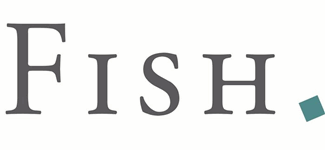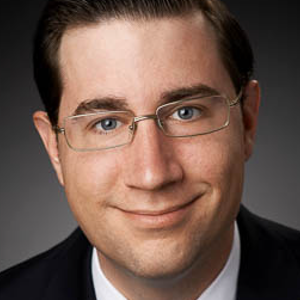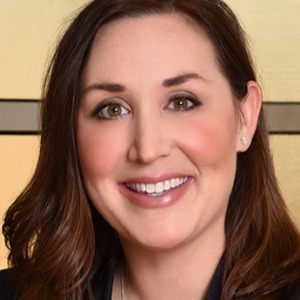Best Lawyers in Ohio, United States for Trademark Law
Practice Area Overview
A mark is deemed protectable if it is distinctive, meaning that it is capable of identifying the source of a particular good. In determining whether a mark is distinctive, trademark law uses four separate classifications based on the relationship between the mark and the associated product: (1) arbitrary or fanciful (marks such as KODAK® and APPLE® that bear no inherent relationship to their associated products); (2) suggestive (marks such as COPPERTONE® that evoke a characteristic of the associated products); (3) descriptive (marks such as HOLIDAY INN® that directly describe a characteristic or feature of the associated products); or (4) generic (terms that describe the general category of the associated products, e.g., “phone,” “keyboard,” etc.). The first two categories of marks are protectable without proof that they have acquired distinctiveness in the minds of consumers, while descriptive marks require evidence that the consuming public has come to associate the term with its specific source. Generic terms are never protectable as trademarks, as they are necessary for general identification of a particular product category.
Once a trademark owner has acquired protectable rights in a mark, it may enforce its rights by preventing the use and/or registration of all subsequent infringing marks. The standard for infringement in the United States is “likelihood of confusion,” which means that consumers viewing the respective marks on their associated products are likely to be confused as to the source of those products or as to the sponsorship or approval of such products. In other words, determining infringement is not as simple as merely comparing the marks to see if they are identical; rather, courts will employ a multifactor test. While the precise factors vary slightly by jurisdiction, courts generally consider the following elements: (1) the strength of the plaintiff’s mark; (2) the relatedness of the goods; (3) the similarity of the marks; (4) evidence of actual confusion; (5) the similarity of marketing channels used; (6) the degree of care exercised by the typical purchaser; (7) the defendant’s intent; and (8) the likelihood of expansion of the product lines.
Protecting and enforcing trademarks is critical to the success of any company. Trademarks allow consumers to distinguish a company’s products and services from those of its competitors, and also serve as indicators of the quality of such products and services. Indeed, many companies’ trademark portfolios constitute the majority of the value of their businesses. Please consult with an experienced trademark lawyer to explore how to best to protect your company’s trademarks.
Corporate Law & Commercial Litigation Legal Guide 2025
View Legal GuideLawyers who have a subscription to profiles appear first.
Would you like to claim your lawyer profile?
Contact UsOur Methodology
Recognition by Best Lawyers is based entirely on peer review. Our methodology is designed to capture, as accurately as possible, the consensus opinion of leading lawyers about the professional abilities of their colleagues within the same geographical area and legal practice area.
The Process
Best Lawyers employs a sophisticated, conscientious, rational, and transparent survey process designed to elicit meaningful and substantive evaluations of the quality of legal services. Our belief has always been that the quality of a peer review survey is directly related to the quality of the voters.












